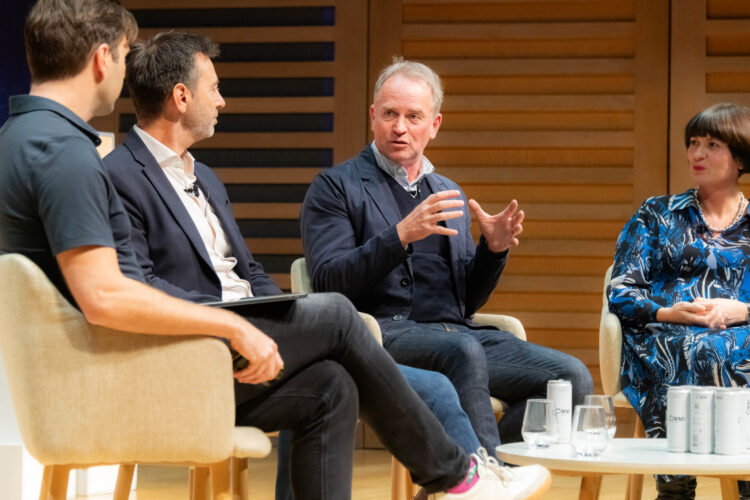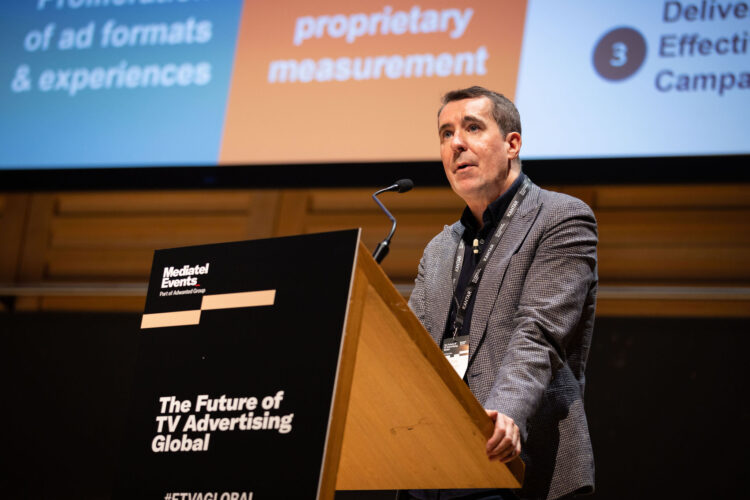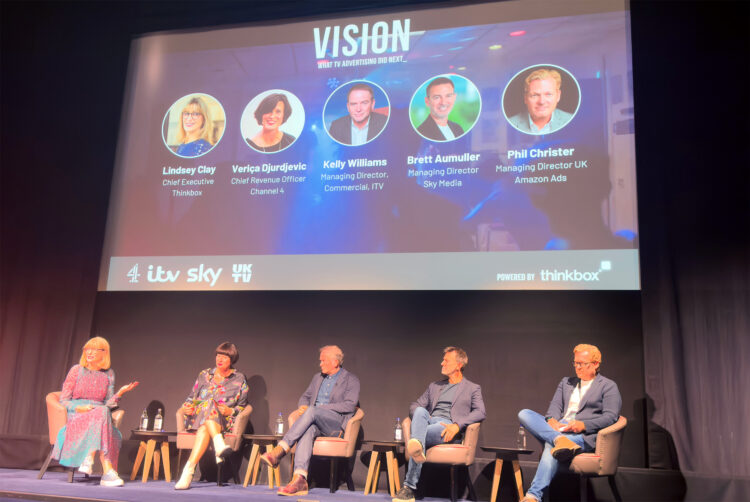ITV warns advertisers over Isba plan to launch Origin without Barb

ITV’s commercial boss has urged UK advertisers to push back against plans by Isba to use non-Barb TV audience data in its cross-media measurement initiative Origin, ahead of the launch of formal trials.
In a rare intervention, ITV managing director of commercial Kelly Williams warned against “worrying” moves by Origin to use an alternative TV measurement currency for trading.
Barb, a TV audience measurement company co-owned by UK broadcasters, has been the foundation of UK TV’s trading system for 43 years. It tracks household viewing through a mix of direct household monitoring (via a newly expanded panel of 7,000) and sampling to create TV ratings.
Williams said: “[Origin] are talking about creating a separate panel — a much smaller panel — of about 2,000 [households]… so there’s going to be two different currencies in the market.
“I think for the whole industry, the agency and client world, it’s really, really worrying. And I would urge advertisers to talk to the Origin team.”
An Isba spokesperson confirmed to The Media Leader that it is using linear data from Origin’s own Kantar panel of 2,500 households. Kantar is the incumbent measurement provider for Barb.
‘Apples and pears comparisons’
Origin, an audience measurement platform that is in trial phase, aims to give advertisers a single-source dataset with independently audited data from a variety of media channels to track deduplicated reach and frequency of ad campaigns.
It has been tested by a selection of media agencies and advertisers using synthetic data this year, but is set to formally launch a beta trial, when 35 advertisers will use the platform with real data.
Speaking at last week’s Vision event in London held by commercial TV marketing body Thinkbox, Williams was asked by Thinkbox CEO Lindsey Clay to address a “misunderstanding” about TV broadcasters’ position on Origin.
He said: “For us to really lean in, we really would like [Origin] to measure apples with apples.
“At the moment, Origin are proposing that you compare a completed view on television with a two-second view on YouTube — and, for us, that just doesn’t feel right.
“And the second thorny issue is, at the moment, they’re proposing that, if we were part of Origin, we wouldn’t get access to the data that comes out the other end. We should be able to see the value TV brings to the overall ecosystem.”

When asked to respond to those complaints, such as differing measurement standards, an Isba spokesperson said: “Origin will allow advertisers, for the first time, to be able to see completed views on linear TV versus completed views on online video. Previous proprietary systems have always relied on ‘apples and pears’ comparisons.”
On the second contention about how Barb data is used, the spokesperson added: “If broadcasters were to become Origin stakeholders, they would gain access to their data in the same way that every other media owner participating in Origin will.”
Standards row
Ever since Origin’s inception, the UK’s major commercial broadcasters have refused to support the project through a direct financial contribution. Origin is financed through an advertiser levy on its 54 participants, which include major UK advertisers, all the major media buying networks and platforms such as Google, Meta and TikTok.
It is well-known by commercial TV insiders that broadcasters suspect Origin would create a measurement system that effectively devalues TV advertising relative to display video formats such as YouTube and TikTok or in-stream video on websites.
Williams told advertisers about his concern that, over the summer, it became apparent that Origin was prepared to press ahead without Barb data.
Barb, which imposes usage restrictions on other companies that wish to use its data in public forums or commercial services, has “not yet given Origin a tick” because, in its view, the platform has not committed to stringent enough standards.
Writing for The Media Leader last year, Origin CEO Tom George said: “Our role is not to mandate what are valid comparisons nor to determine what the appropriate quality thresholds are.”
Earlier this year, Barb joined the Media Rating Council, a US-based audience auditor that recommends a completed video ad view needs to have been seen (which means at least half of it is visible on a user’s screen) for at least two seconds.
Williams added: “We’re hearing that Origin is not going to use Barb data because they know they won’t be comparing it to data that even gets to MRC standards.”
Isba: Monitoring alternative TV panel closely for quality
When asked to clarify what standards would be demanded within Origin (MRC or otherwise), the Isba spokesperson said: “Through beta, Origin will report completed views, MRC 100% for two seconds (the cross-media video standard) and all measured impressions for video. Custom metrics for partially completed views will also be available for video.”
On the prospect of using Barb data, Isba added: “We continue to discuss with Barb how users could surface its data alongside Origin’s data in the particular ways that Barb permits.
“In the meantime, we are using linear TV data from Origin’s Kantar panel of 2,500 households, which we have been monitoring closely for quality.
“We will continue to do so as we onboard the first group of advertisers to the beta trials. The trials are ramping up ahead of their formal launch, which will be announced very shortly.”

Williams was seated on a panel alongside his counterparts at Channel 4 (Veriça Djurdjevic), Sky Media (Brett Aumueller) and Amazon Ads (Phil Christer).
Since 2022, ITV, Channel 4 and Sky Media have offered a joint measurement solution (CFlight) that reports deduplicated reach and frequency numbers across all the broadcasters’ linear and VOD channels.
As reported first by The Media Leader last week, the companies are also developing an additional cross-platform measurement tool called Lantern that aims to track short-term consumer behaviours against their viewing of TV ads.
Commercial share of media consumption recovers from pandemic low
Brands could be spending three times too much on social. You read that right




